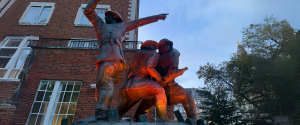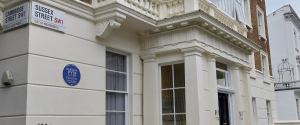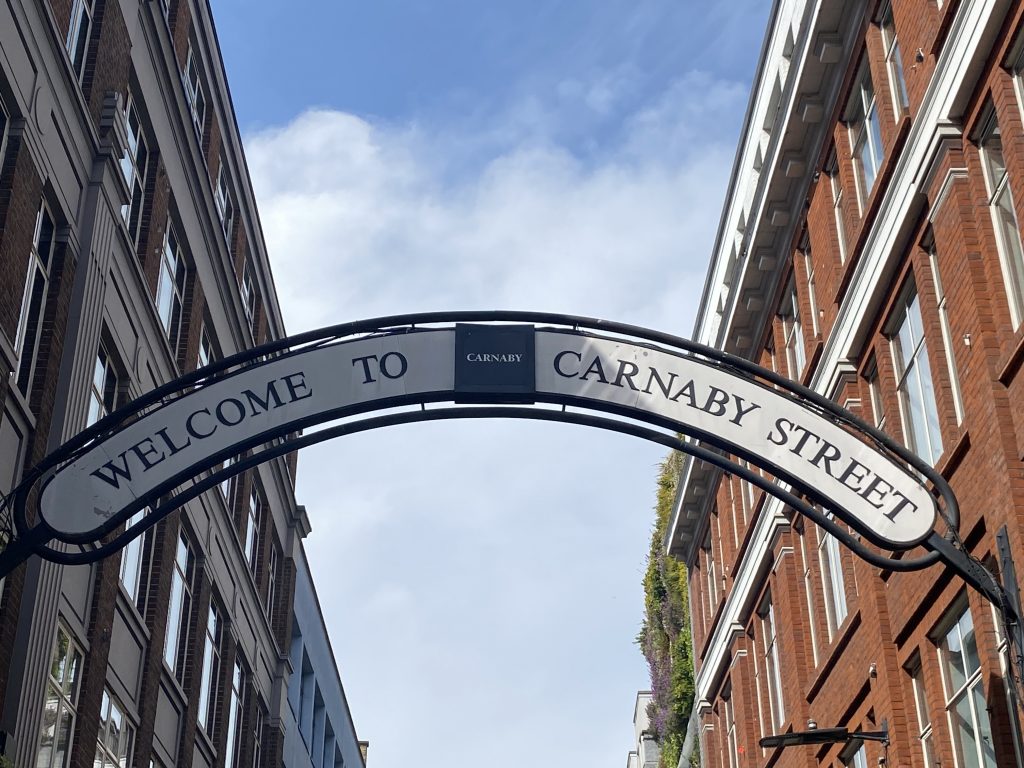
Introduction: The Cultural Pulse of 1960s London
If you had found yourself on Carnaby Street some 60 years ago, you’d have been standing at the epicentre of Swinging London. The term, popularised by Time magazine in a 1966 cover story, came to define not only a new era of cultural freedom in London, but the entire decade.
"Perhaps nothing illustrates the new Swinging London better than three-block-long Carnaby Street, crammed with a cluster of ‘gear’ boutiques where boys and girls buy each other's clothing."
Carnaby Street’s 1960s Fashion Revolution
By the early 1960s, Carnaby Street was buzzing with independent clothes shops and underground music venues. It was where the younger generation flocked to escape the formal and restrictive styles worn by their parents and grandparents.
Bright colours, bold patterns, and experimental cuts defined the fashion, and Carnaby Street offered it all. It wasn’t just a place to shop—it was a place to belong.
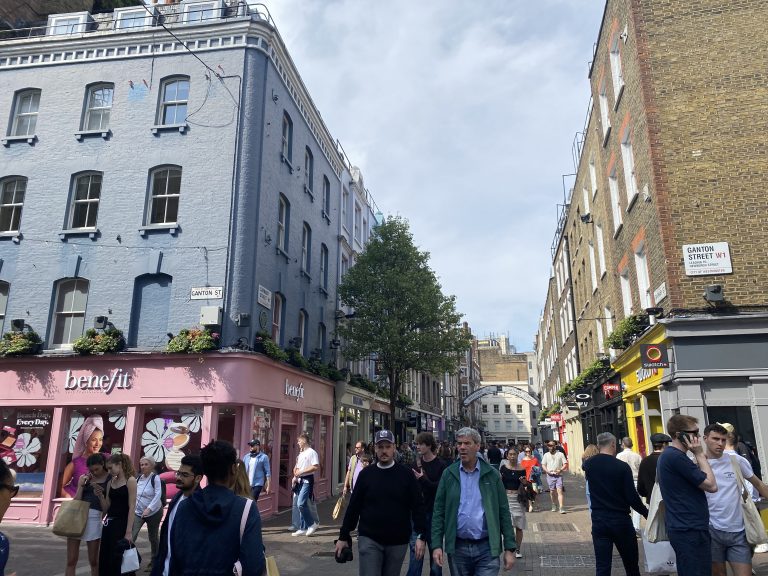
Celebrities, Rock Stars and Cheetahs
With its unique energy, Carnaby Street attracted global attention. Celebrity visitors included:
- Elizabeth Taylor and Brigitte Bardot
- The Beatles, The Who, The Rolling Stones
- The Small Faces and The Kinks
- Jimi Hendrix, who is said to have released two parakeets on the street (though unverified) 🔈Listen Now: Episode 3: Fantastic Beats in London 📖Have a read more about Jimi Hendrix 🔈Listen Now: Episode 63: Hendrix and Handel in London
One of the most iconic moments came in April 1966, when Tom Jones famously strolled down Carnaby Street with a live cheetah. He was joined by Casino Royale ‘Bond girl’ Christina Spooner to launch the Tom Cat boutique—and is said to have sung What’s New Pussycat as part of the event.
Trailblazing Boutiques and Street Scandals
The Tom Cat shop was opened by Irvine Sellar, who later developed The Shard, the UK’s tallest building. He claimed his boutique was the first to offer men’s and women’s fashion under one roof.
Just next door, Lady Jane sparked controversy when women were invited to change outfits in the shop window, drawing huge crowds and eventually leading to the arrest of owner Henry Moss. At the time, the street was still open to traffic—it wasn’t pedestrianised until 1973.
The Birth of the ‘Trendy’ Shop: Lord John
In 1963, the first psychedelic fashion boutique opened on the corner of Carnaby Street and Ganton Street. Named Lord John, it was launched by Harold and David Gold and became instantly recognisable thanks to its colourful mural exterior. Today, it’s commemorated with a Westminster City Council plaque.
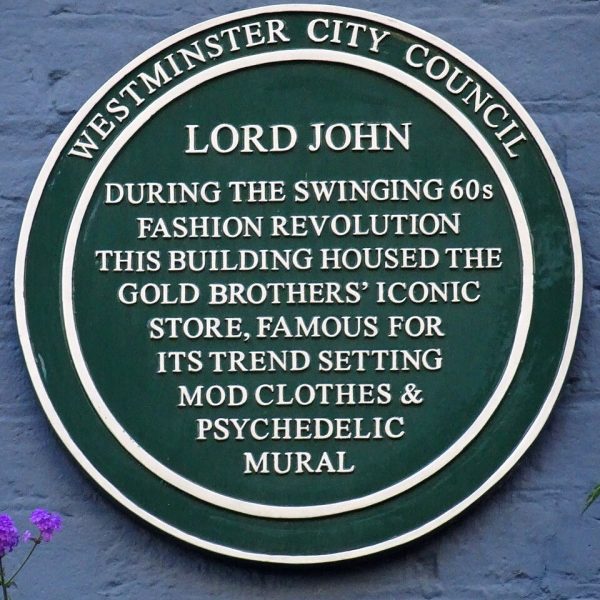
From Decline to Revival: Carnaby Street Today
After a dip in popularity, Carnaby Street has seen a revival in the 21st century. It is now home to a mix of independent fashion boutiques, lifestyle brands, restaurants and cafés. It has also gained a reputation for its annual Christmas light displays—each year featuring a different theme, from neon lyrics to eco-conscious decorations.
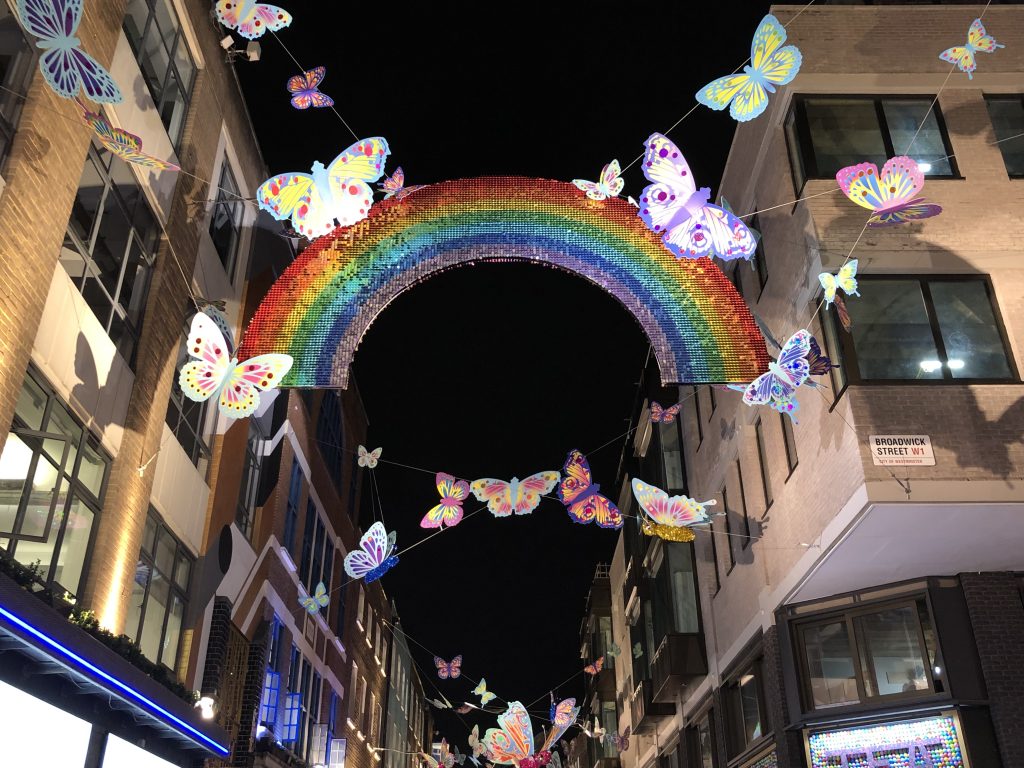
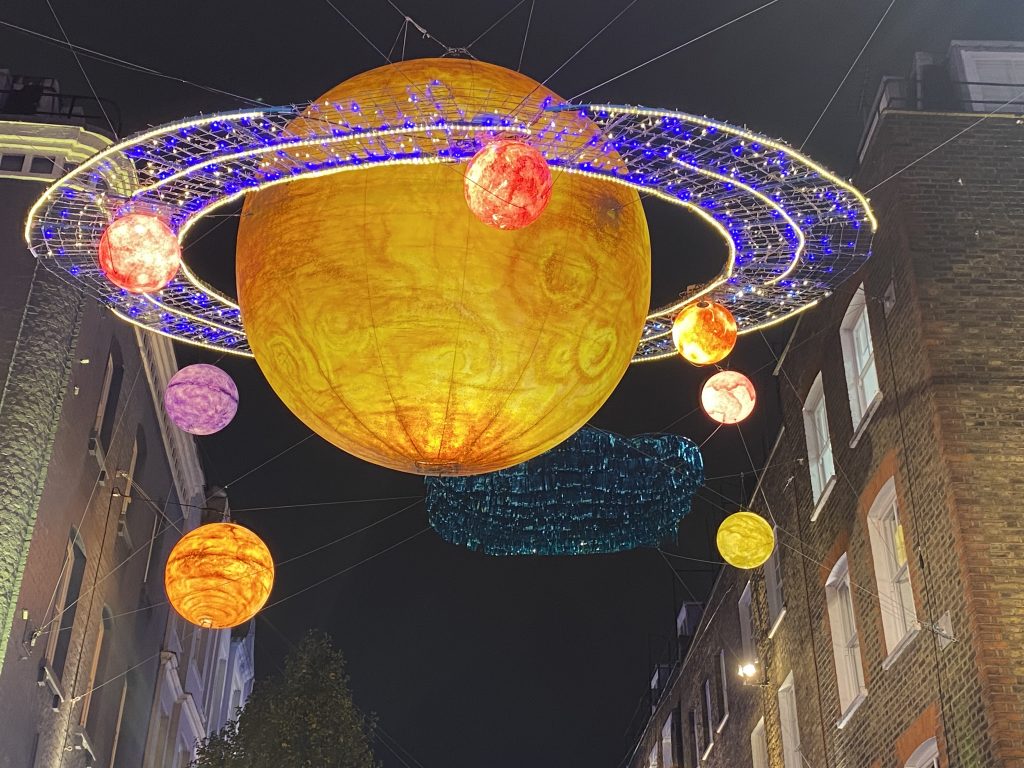
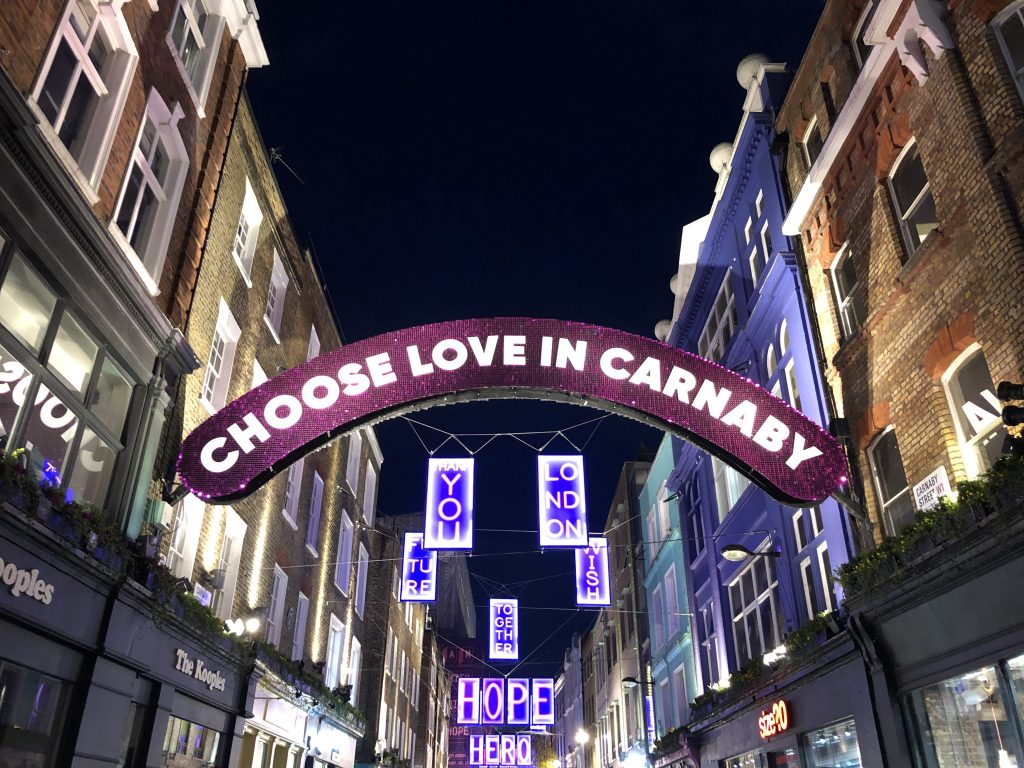
The Street’s Older Roots: Huguenots and History
Carnaby Street’s history stretches much further back than the 1960s. Laid out in the 1680s, it was named after Karnaby House. Some of its earliest residents were Huguenot refugees fleeing religious persecution in France, who settled in the area and contributed to London’s thriving textile and tailoring trades.
A Lasting Cultural Legacy
From rock stars to radical fashion, Carnaby Street defined an era—and continues to be a destination that celebrates innovation and expression. Whether you’re visiting for the history, the shopping, or the atmosphere, you’re walking through one of London’s most legendary streets.
Join me on A Nosey Around Soho walk to discover more stories behind London’s most stylish and surprising streets.
📚Read more:


